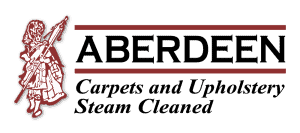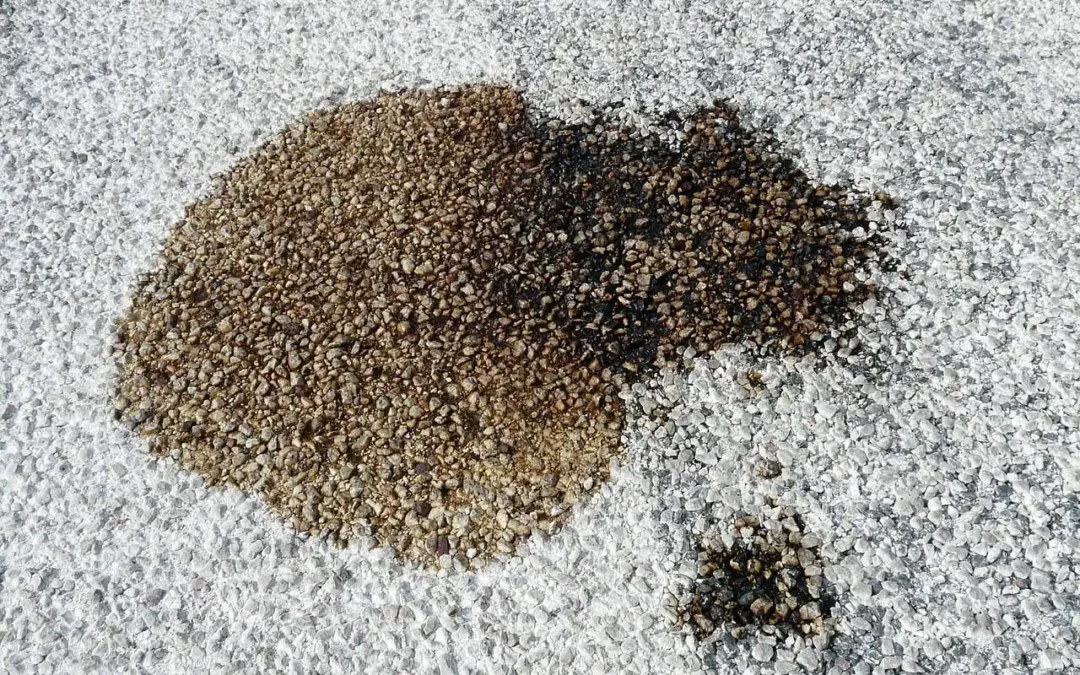Carpet stains are inevitable, especially in high-traffic areas like the kitchen or dining room. Among the most difficult issues are grease and oil stains on your carpet, which can seem daunting to remove. However, with the right approach and a bit of patience, you can effectively tackle these stains and restore the beauty of your carpet.
Table of Contents
- How To Deal With Grease And Oil Stains On Your Carpet
- Identify the Stain:
- Materials You’ll Need:
- Step-by-Step Grease and Oil Stains Cleaning Process:
- 1. Blot the Stain:
- 2. Prepare a Cleaning Solution:
- 3. Apply the Cleaning Solution:
- 4. Blot Again:
- 5. Use Absorbent Materials:
- 6. Scrape Off Residue:
- 7. Vacuum:
- Preventive Measures:
- Final thought
How To Deal With Grease And Oil Stains On Your Carpet
In this blog, we’ll explore various cleaning methods and techniques to deal with grease and oil stains on your carpet.
Identify the Stain:
Before jumping into the cleaning process, it’s essential to identify whether the stain is from grease or oil. Grease stains typically come from cooking oils, butter, or fatty foods, while oil stains may result from substances like motor oil, lubricants, or cosmetics. Understanding the nature of the stain will help you choose the appropriate cleaning method.
Materials You’ll Need:
- Clean, white cloths or paper towels
- Dishwashing detergent or grease-cutting soap
- White vinegar
- Baking soda
- Cornstarch or talcum powder
- A butter knife or spoon
- Carpet stain remover (optional)
- Vacuum cleaner
Step-by-Step Grease and Oil Stains Cleaning Process:
1. Blot the Stain:
Start by blotting the stain with a clean, white cloth or paper towel. Avoid rubbing the stain, as this can spread it further into the carpet fibers. Instead, gently press down on the stain to absorb as much grease or oil as possible.
2. Prepare a Cleaning Solution:
For grease stains, mix a small amount of dish washing detergent or grease-cutting soap with warm water. For oil stains, you can use a solution of equal parts white vinegar and water. Alternatively, you can also use a commercial carpet stain remover.
3. Apply the Cleaning Solution:
Dampen a clean cloth with the prepared cleaning solution and blot the stain gently. Be sure to work from the outside of the stain towards the center to prevent spreading. Allow the solution to sit on the stain for a few minutes to penetrate the grease or oil.
For an extra grease-fighting boost, consider using a commercial carpet cleaner specifically formulated for oil stains. Look for products containing enzymes like lipase, which break down grease molecules.
4. Blot Again:
After allowing the cleaning solution to work its magic, blot the stain again with a clean, dry cloth or paper towel. Repeat this process until you’ve removed as much of the stain as possible.
5. Use Absorbent Materials:
For stubborn grease or oil stains, sprinkle baking soda, cornstarch, or talcum powder over the affected area. Allow it to sit for several hours or overnight to absorb the remaining grease or oil.
6. Scrape Off Residue:
Once the absorbent material has done its job, use a butter knife or spoon to gently scrape off any residue from the carpet fibers. Be careful not to damage the carpet in the process.
7. Vacuum:
Finally, vacuum the treated area to remove any remaining particles and fluff up the carpet fibers. If the stain persists, you may need to repeat the process or consider seeking professional carpet cleaning services near you.
Preventive Measures:
To minimize the risk of grease and oil stains on your carpet, consider implementing the following preventive measures:
- Place mats or rugs in high-traffic areas to catch spills and debris.
- Avoid eating or drinking over the carpeted areas, especially when dealing with greasy or oily foods.
- Clean up spills promptly using the blotting method to prevent them from setting into the carpet fibers.
Important Considerations:
- Always test any cleaning solution on an inconspicuous area of the carpet first to ensure it doesn’t cause discoloration.
- For stubborn stains or delicate carpets, consider seeking professional cleaning services.
- Avoid harsh chemicals like bleach or ammonia, as they can damage your carpet.
Final thought
Dealing with grease and oil stains on your carpet may seem like a daunting task, but with the right approach and tools, you can effectively tackle even the most stubborn stains.
By following these steps and acting promptly, you can effectively remove grease and oil stains from your carpet and keep your home looking spick and span. Remember, the key is to address the stain quickly, use the right cleaning methods, and avoid harsh chemicals that could damage your carpet condition.

